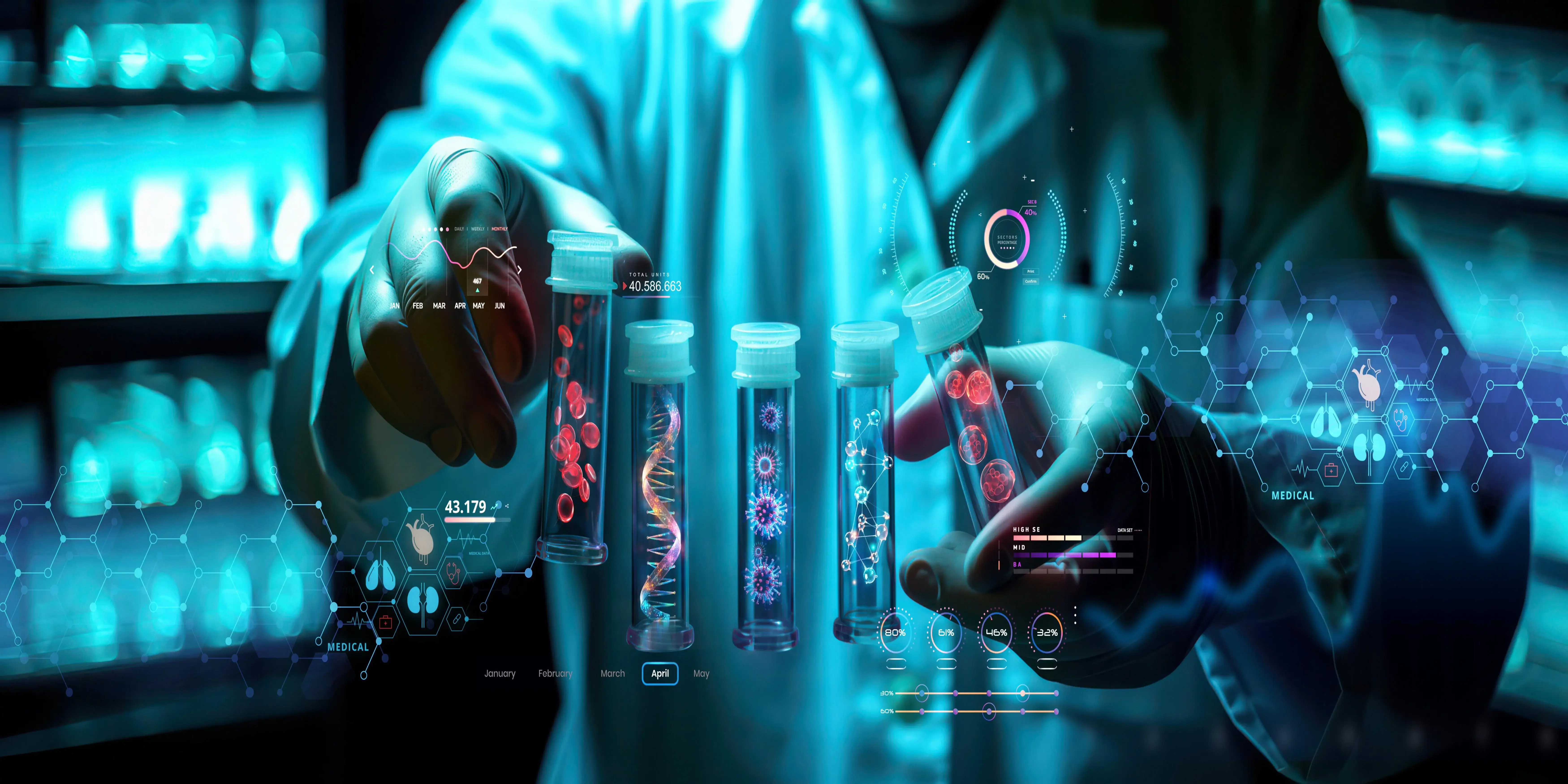Any medical device product has to go through an introduction process that includes critical clinical evaluation, and in regulatory aspects, a Clinical Evaluation Report is a document that compiles and evaluates clinical data in proving a requirement that corresponds with regulatory demands to be complied with. It describes how a high-quality CER explains importance and structures challenges associated with its compilation in the broader context of regulatory provisions for medical devices across the world.
What is a Clinical Evaluation Report (CER)
Why CERs Are Important To Approve Medical Devices
A Clinical Evaluation Report is a very comprehensive report that analyzes and interprets clinical data that refers to a medical device. According to the present EU's law under the Medical Device Regulation, MDR, a CER has become a must-have because it should prove that any particular device provides safety, performance, and clinical benefits
Why CERs Are Important To Approve Medical Devices
CERs are an absolute requirement for the medical device approval process. The regulatory agencies insist that the manufacturers affix the CERs to prove that, indeed, their products are clinically safe and effective. A sound CER could help the manufacturers bypass delay entry into the markets and regulatory approvals
The Format of a Clinical Evaluation Report
What is the Base of a CER
The standard CER would comprise several key elements, such as executive summary, scope of the evaluation, clinical background, description of the device and analysis of clinical data. All of them should be well thought of with all the regulatory issues
Data Collection and Literature Review
The basis of every CER is good clinical evidence. Every producer shall scan regularly all literature, search clinical studies, and gather postmarket surveillance data everywhere. These data shall then be analyzed and interpreted to arrive at a judgment about the safety and performance of the device.
Clinical Data Analysis and Assessment
The CER should also have a large report of clinical data produced. In this evaluation, there would be a risk-benefit ratio, risks, and whether the medical device is superior to any other similar medical device within the same class. Where such inadequacies are present, studies or review by experts should be carried out.
Difficulties in write a clinical evaluation report
Legal difficulties
One of the most significant head-aches when preparing to have a CER: strict regulation requirement, and it's frightening enough when someone is working at keeping abreast of shift occurring regulatory regimes, as with the EU MDR. Monitoring of regulatory developments and know for sure you are sufficiently compliant.
Data Gaps and Inadequate Clinical Data
There is clinical evidence enough. Data on safety and performance may not be available for new or specific medical devices. Then, it could be more warranted to justify additional clinical studies or consultancy must be taken from the specialists in the relevant area concerned.
Time and Resource Constraints
The preparation of a meaningful CER requires much time and human resources. Small manufacturers would find it difficult to arrange the requisite man-power and expertise to prepare a meaningful report. The alternative is to delegate preparation of CER to professional companies, which costs more .
Global Regulatory Standards for CERs
European Union's MDR
The European Union's MDR has brought about a new benchmark of CERs, wherein the clinical evidence demands with post-market surveillance will be highly ensued. The manufacturers have to ensure that their CER products strictly adhere to these relatively new standards while selling medical devices in the EU
FDA Requirements in the U.S
In the U.S. FDA requires the manufacturers to submit clinical data and it is also submitted along with their PMA or 510(k) submissions. Though FDA's requirements contradict MDR of the EU, it is meant for the same thing: showing the safety and effectiveness of the device.
Other International Standards
Requirements under CERs vary from country to country. For example, with regard to medical devices, manufacturers have to comply with the NMPA, Chinese National Medical Products Administration or, the guidelines. It becomes very tough to get other regulatory bodies align with the CERs for foreign producers
Conclusion
The Clinical Evaluation Report happens to be the most significant document in the medical approval of the device; hence, manufacturers have to invest more within a preparation for an apt CER in this very strict global regulation. Overcoming some constraints facing the manufacturers toward data collection, regulatory requirements, and resource availability may work as one of the ways through which devices are slated to success globally.



